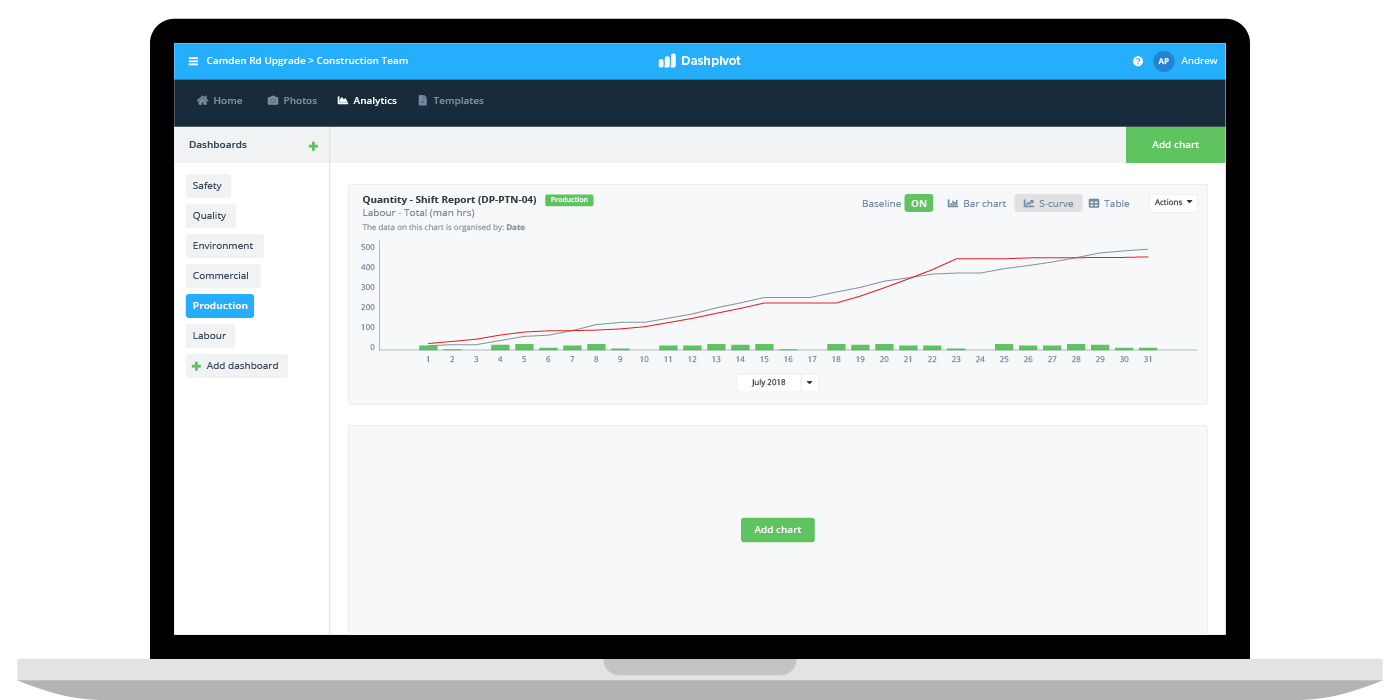Finance – Earned value analysis template

Earned value analysis template
Why analyse earned value in the first place?
A good earned value analysis is critical during the course of most projects which stem for any substantial period of time, and projects which involve multiple internal and external factors which can influence the scope, cost and schedule of a project.
Analysing earned value gives a project manager or company insights into how the project is performing so far. It enables the person or people to gauge how much value has been created on the project so far - which can then be directly compared to the initial plan as well as the costs incurred to date.
Without using earned value management as a project management tool, a company or team will struggle to gauge project performance. Looking at costs alone is not sufficient to understand project progress because it doesn't factor in how much work has been completed for that cost in the same way that seeing you are ahead of schedule doesn't mean you are on budget.
The right earned value analysis template enables you to look at all of the important project factors objectively and consistently, in a quantitative way.
Although even the best earned value analysis has its weaknesses, it is one of the most useful and comprehensive tools for project analysis.
A generic earned value analysis template
The first part of doing an earned value analysis is to compile the information you need to calculate earned value.
The earned value formula = % of project complete x budget at completion (BAC)
This formula makes it relatively straight forward to collect the data you need:
- Understand the % of the project which has been completed so far
- Pull the budget at completion number, which was the planned budget for the project or phase of works being analysed
Once you have this information, you can do the next phase of the earned value analysis template - which is actually calculating your specific EV.
As an example, a project which is 50% complete and had an initial budget of $1,000,000 now has an earned value of $500,000.
Once you have this earned value number, you can begin to analyse earned value, which enables us to get real insights about what this $500,000 number actually means for us.
There are two major basis's for analysing earned value:
- Cost
- schedule
Analysing the cost component of the project comes down to comparing this earned value with the actual cost of the project so far. The easy way to look at this is to say, okay we have created this much value on the project so far; how much has it cost us to generate this much value?
To know this, we look at another formula from our earned value formula sheet, the cost variance.
Cost variance = Earned value - Actual cost
For us, we know our earned value is $500,000 and we also know we have spent $450,000 to date, so:
Our cost variance = $500,000 - $450,000 = $50,000
Because our cost variance is positive (above 0), we are under budget.
So after doing this part of the earned value analysis template, we are looking good.
The second part of the earned value analysis is the schedule side of things, because being under budget isn't any good if we are way behind schedule.
For this analysis, we use the schedule version of the cost variance, the schedule variance.
Schedule variance = Earned value - Planned value
AS an example of what this would look like, we know that we are 50% of the way through the project, but what if we had planned to be 55% of the way through the project?
That would mean our planned value = 55% x $1,000,000 = $550,000
Looking at our schedule variance, SV = $500,000 - $550,000 = -$50,000
Because SV is negative, we are behind schedule.
After doing this fairly basic earned value analysis, we now know that are under budget but also behind schedule.
After doing this analysis, we can make some informed decisions about how to improve moving forward.
For example, we may put some more money and resources into the second half of the project to speed things up and catch up with the schedule. We can afford to spend a little more to make faster progress based on our earned value analysis template.
You can also use the numbers from your earned value work and analysis to project and forecast the rest of the project to get a better estimate of completion.
Ways to build and maintain an earned value analysis template
Different companies use different earned value analysis templates to work out and maintain their earned value analyses.
Many companies still rely on the excel-based earned value analysis templates you can quite easily find online, while other companies are beginning to move away from these templates and incorporating more of their project analysis into automated methods like the software you see below.

Software-based earned value analysis templates are often much more reliable than spreadsheet based ones because they:
- Remove human error (manual data entry etc.)
- Reduce the number of times data is transferred or converted between systems
- Increases the speed with which the earned value numbers get to the project managers fingertips
Getting real-time earned value information from site used to be almost impossible, because you had to collect and reconcile data using paper, PDFs and spreadsheets.
But using an end-to-end project delivery solution like Dashpivot, you can track everything happening on site in real-time, keep all of that data in a digital and standardised format so it doesn't need to be converted or formatted, and then display it in charts and graphs and use it to do more accurate and reliable earned value analysis.
The most important part of any earned value analysis template is that it makes it easier to calculate and action earned value information - which is critical to delivering projects on time and on budget.
People in 70+ countries use this software to track earned value in real-time.
